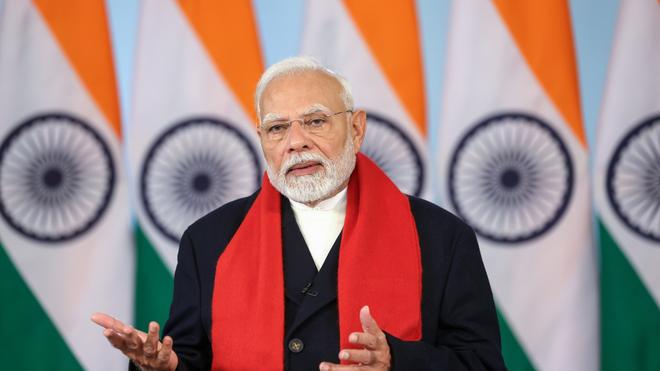India, the world’s largest democracy, is steadily cementing its position as a key player in global politics. With its growing economy, strategic alliances, and leadership in technology and defense, India is no longer just an emerging power—it is on the path to becoming a superpower. But what factors contribute to this rise, and what challenges lie ahead? Let’s take a closer look.
Economic Growth: A Global Force
India is currently the world’s fifth-largest economy and is projected to surpass Germany and Japan to become the third-largest by 2030. With strong GDP growth, a booming startup ecosystem, and major investments in infrastructure, India is positioning itself as a global economic powerhouse.
- India’s digital economy is expanding rapidly, with fintech, AI, and e-commerce sectors driving growth.
- Foreign direct investment (FDI) has reached record levels, with companies like Apple, Tesla, and Google investing in India.
- Make in India and Atmanirbhar Bharat (Self-Reliant India) initiatives are strengthening India’s manufacturing sector and reducing dependence on imports.
Diplomatic Influence: Strengthening Global Alliances
India’s foreign policy has evolved from being non-aligned to actively engaging with major global powers. Through strategic partnerships, India has strengthened its position in world affairs.
- G20 Leadership: In 2023, India successfully hosted the G20 Summit, showcasing its ability to lead discussions on global economic and political issues.
- Quad Alliance (India, U.S., Japan, Australia): India is playing a crucial role in countering China’s influence in the Indo-Pacific region.
- BRICS Expansion: India is working with emerging economies to create a more balanced global economic system.
- Stronger ties with the Middle East and Africa: India is deepening energy and trade relations with Gulf nations and African countries.
Defense and Strategic Strength: A Global Powerhouse
India has the fourth-strongest military in the world and is rapidly modernizing its defense capabilities.
- India is now a major defense exporter, selling arms and technology to several nations.
- It has strengthened its defense cooperation with the U.S., France, Russia, and Israel.
- The Agni and BrahMos missile programs, along with advancements in space defense, have bolstered India’s strategic position.
Technology and Space Exploration: A Leader in Innovation
India has made remarkable strides in technology, particularly in space exploration, AI, and cybersecurity.
- Chandrayaan-3’s successful moon landing put India on the global space map as the first nation to land on the Moon’s south pole.
- The Indian IT sector remains a global leader, powering companies worldwide.
- India is investing heavily in AI, semiconductor manufacturing, and green energy, shaping the future of global innovation.
Challenges on the Path to Superpower Status
Despite its rapid rise, India faces several internal and external challenges:
- China’s Growing Influence: India must counter China’s aggressive expansion in South Asia and the Indian Ocean.
- Border Conflicts: Ongoing tensions with Pakistan and China require strong diplomatic and military strategies.
- Economic Inequality: While India’s economy is growing, wealth distribution and rural development need further attention.
- Climate Change and Energy Security: India must balance industrial growth with environmental sustainability.
Conclusion: Is India the Next Superpower?
India’s rise in global politics is undeniable. With strong economic growth, strategic alliances, military strength, and technological advancements, India is on its way to becoming a superpower. However, addressing challenges like regional conflicts, economic disparities, and climate change will be crucial in determining its long-term global influence.
As the world shifts towards a multipolar order, India’s role as a global leader is becoming more significant than ever. The question is no longer if India will be a superpower but when.

